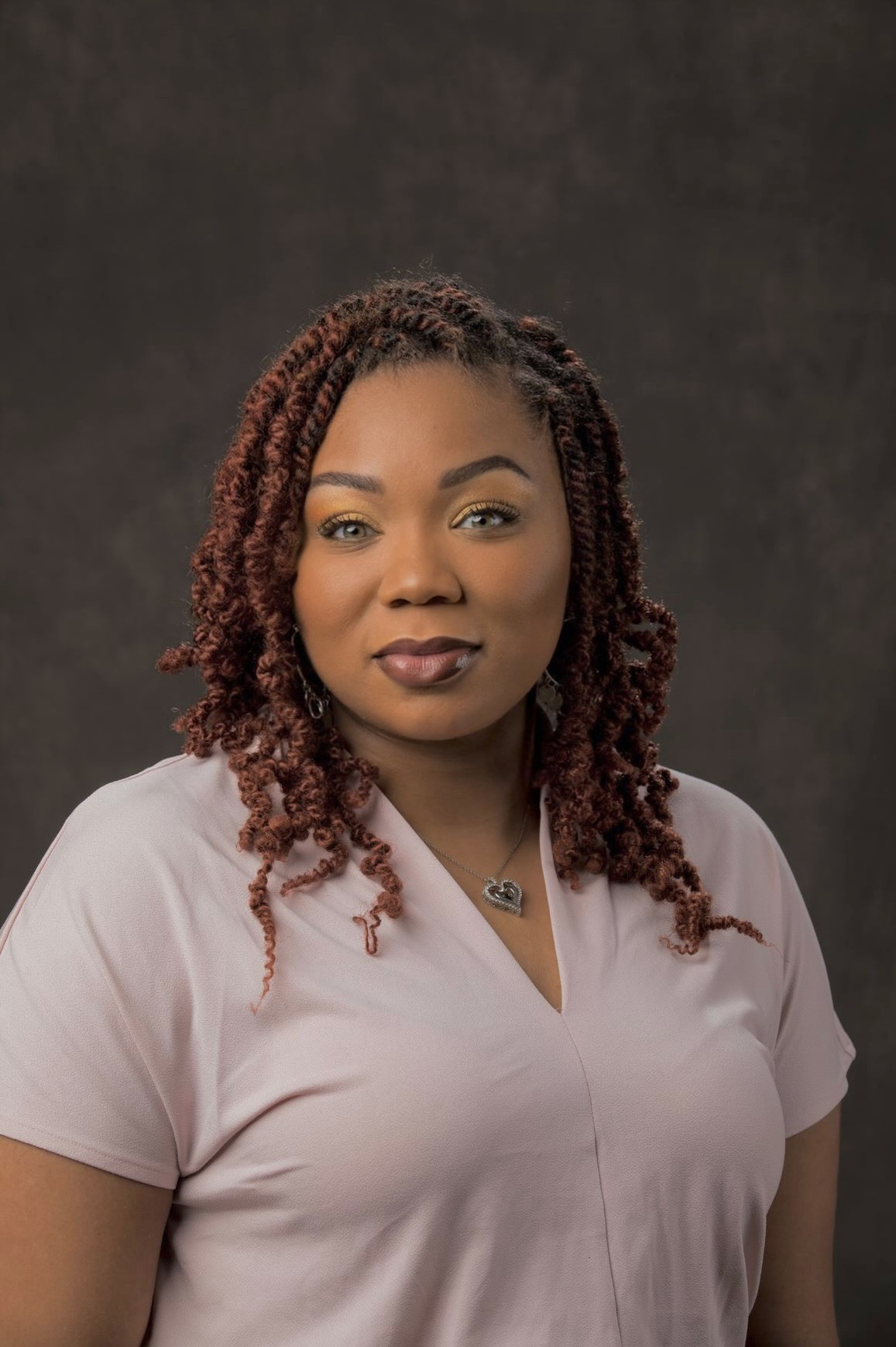Culture / Ethnicity / Race
Intentions, barriers, and facilitators to address racism in therapy: a mixed methods study
(PS10-32) Intentions, Barriers, and Facilitators to Address Racism in Therapy: A Mixed Methods Study

Julie Nguyen, B.S. (she/her/hers)
Doctoral Student
University of South Carolina
Columbia, South Carolina, United States
Noah S. Triplett, M.S.
Psychology Fellow
Yale School of Medicine
New Haven, Connecticut, United States
Diamonde McCollum, M.S.
Doctoral Student
University of South Carolina
Cayce, South Carolina, United States- SD
Shannon Dorsey, Ph.D.
Professor
University of Washington, Seattle
Seattle, Washington, United States
Author(s)
Co-Author(s)
Racism is a pervasive problem that has been linked to poor mental and physical health outcomes for individuals who identify as Black, Indigenous, and People of Color (BIPOC) (Anderson et al., 2020; Paradies et al., 2015). Research has documented inequities in mental health access and service utilization for BIPOC communities (Metzger et al., 2023). One factor that may contribute to this is due to clinicians’ being unlikely to discuss race and racism with their BIPOC clients, potentially leading to less therapy effectiveness. Given the limitations in multicultural training for clinicians, understanding clinicians’ intentions as well as barriers and facilitators to discuss race and racism with BIPOC client could help inform training and interventions efforts to improve care for BIPOC clients and foster social justice. The following study explores barriers, facilitators, and intentions to address race and racism with BIPOC clients among community mental health clinicians (CMHC) using a mixed methods approach.
Through a community academic partnership, CMHC (N=137) participated in a 3-day state funded training initiative in Cognitive Behavioral Therapy (CBT) for four child mental health challenges: anxiety, behavioral difficulties, depression and posttraumatic stress disorder. After training, clinicians participated in bi-weekly expert-led consultation calls over a span of 6 months. Following completion of the consultation calls, clinicians completed a post-training survey, which asked them to rate their intentions to address race and racism with their BIPOC client on a Likert type scale of 1=Strongly Disagree to 7=Strongly Agree. Using open-ended questions, clinicians were also asked to share what makes it more or less likely that they address race or racism with their Black, Indigenous, and Clients of Color. Using thematic analysis, we will code these already collected, compiled, and cleaned data to identify themes. We will use an inductive approach; coding will be completed by August 2024.
Clinicians, on average, rated their intentions to discuss race or racism with their BIPOC clients as strongly (M=5.91; SD=1.01). Preliminary review of opened ended questions suggest that clinicians were more likely to address race or racism when their BIPOC clients mentioned it. Clinicians who identified as BIPOC themselves found it to be easier to discuss race and racism with their BIPOC clients. Comparatively, other clinicians described not discussing race and racism with their BIPOC clients due to the fact it has not been mentioned or not part of their clients’ presenting concern.
Findings from this study demonstrate that clinicians have strong intentions to address race and racism with their BIPOC clients, but there is opportunity for improvement. In the future, agencies and providers could identify ways to address race and racism early in therapy, lessening the burden for BIPOC clients to initiate the conversation. Training and education around how race and racism can impact diagnostic and treatment processes should also be considered. Future studies should continue to explore the facilitators and barriers for addressing race and racism as they could inform future multiculturalism training and intervention efforts.

.png)
